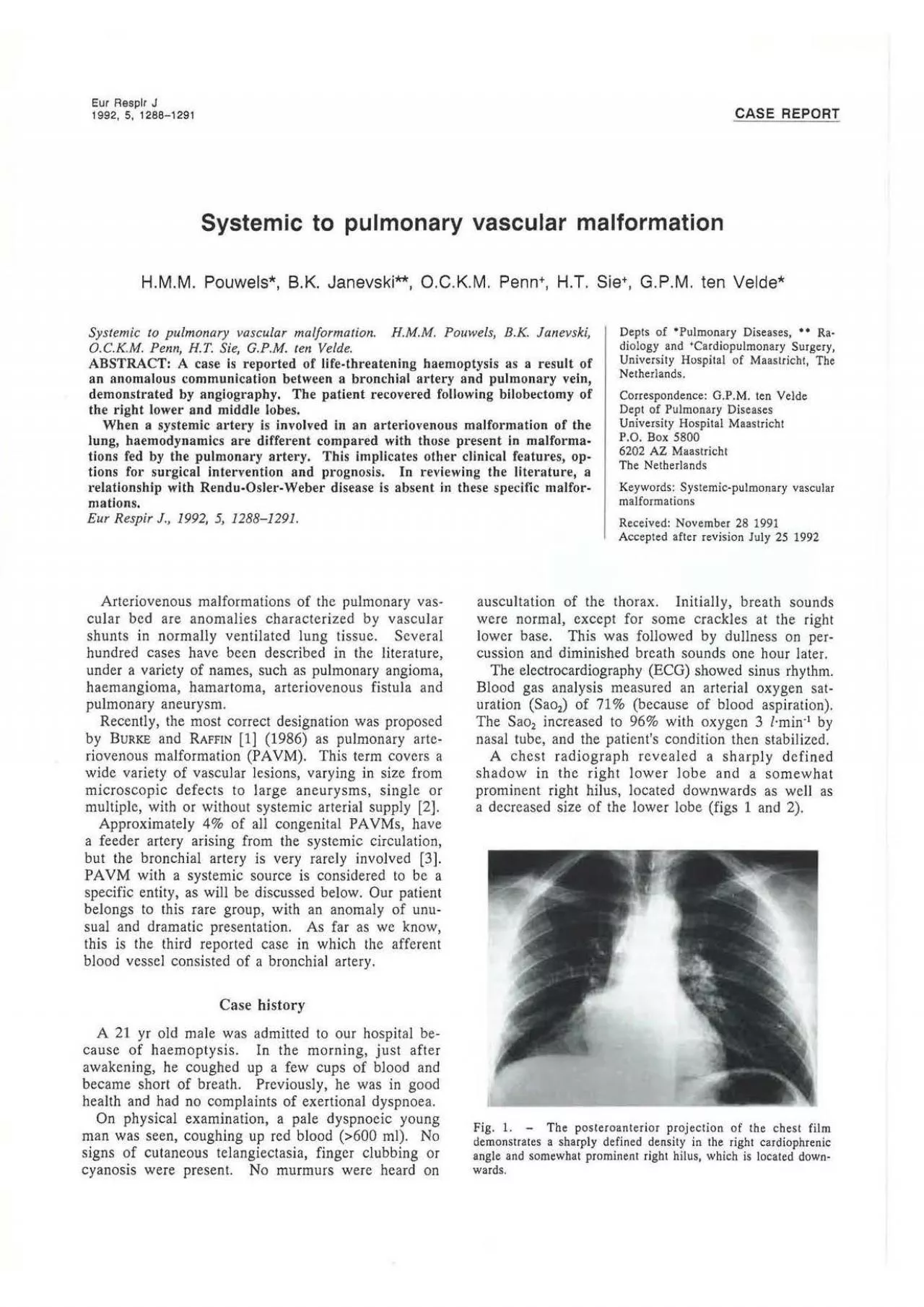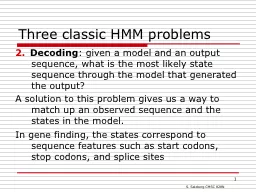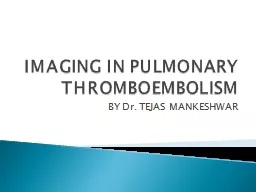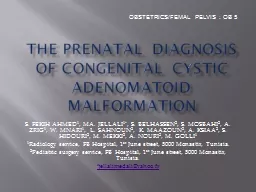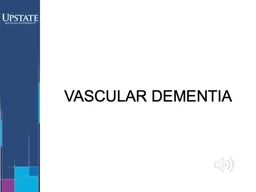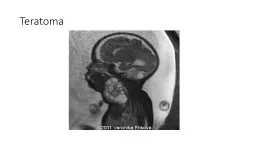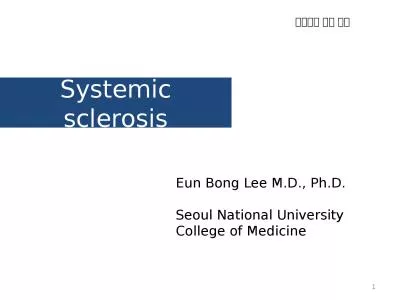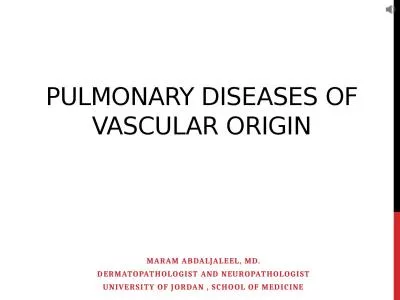PDF-REPORT Systemic to pulmonary vascular malformation HMM Pouwels B
Author : joyce | Published Date : 2022-08-26
Eur Resplr J 1992 5 12881291 CASE OCKM Penn HT Sie GPM ten Velde Systemic to pulmonary vascular malformation HMM Pouwels BK Janevski OCKM Penn HT Sie GPM
Presentation Embed Code
Download Presentation
Download Presentation The PPT/PDF document "REPORT Systemic to pulmonary vascular ma..." is the property of its rightful owner. Permission is granted to download and print the materials on this website for personal, non-commercial use only, and to display it on your personal computer provided you do not modify the materials and that you retain all copyright notices contained in the materials. By downloading content from our website, you accept the terms of this agreement.
REPORT Systemic to pulmonary vascular malformation HMM Pouwels B: Transcript
Download Rules Of Document
"REPORT Systemic to pulmonary vascular malformation HMM Pouwels B"The content belongs to its owner. You may download and print it for personal use, without modification, and keep all copyright notices. By downloading, you agree to these terms.
Related Documents

